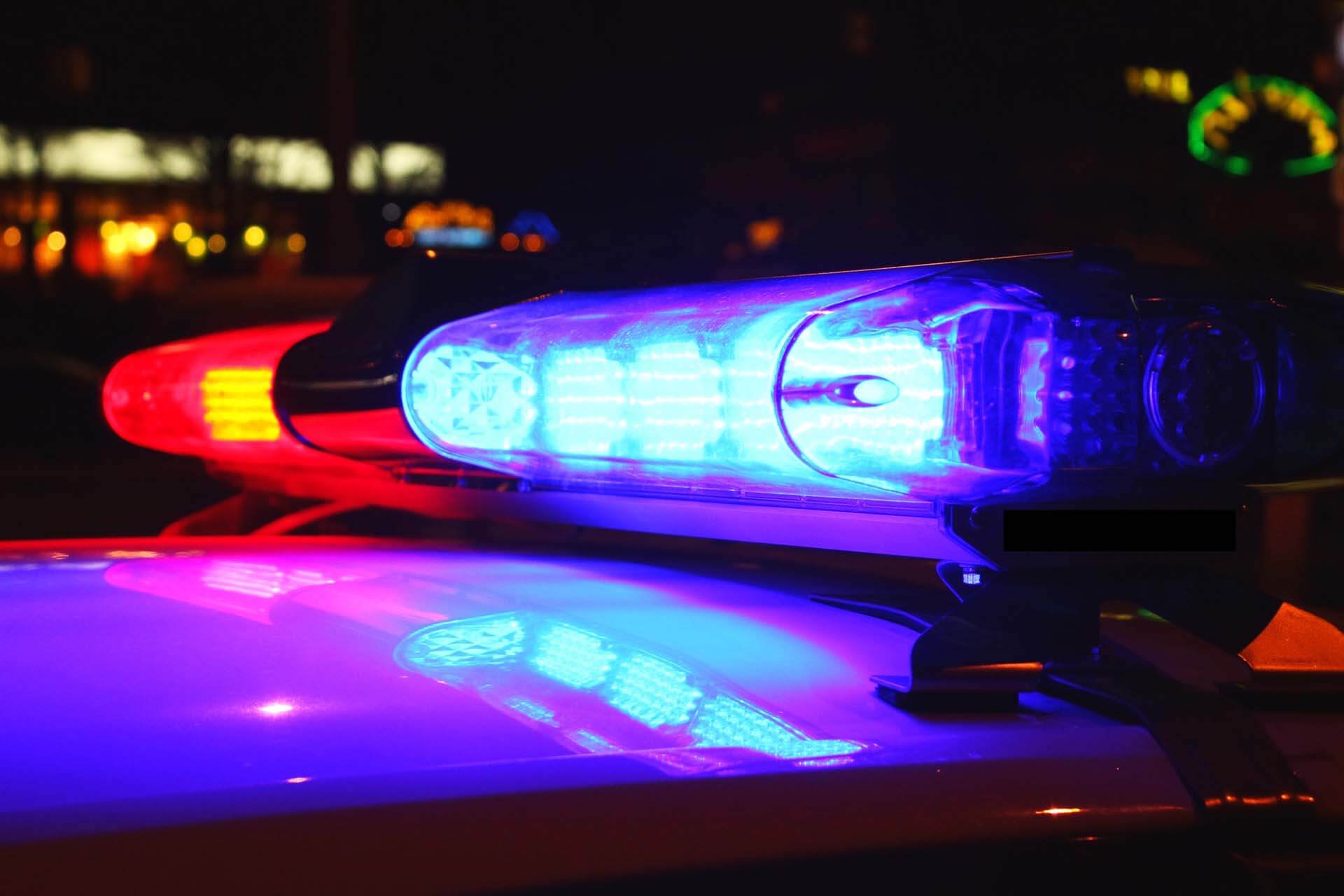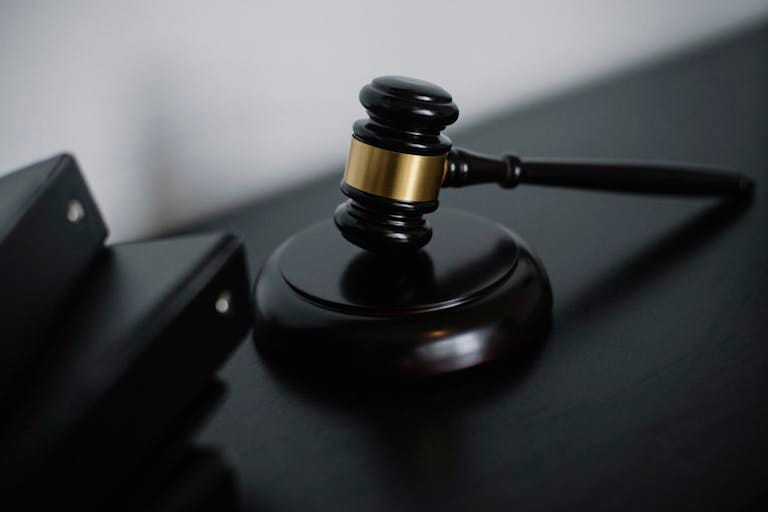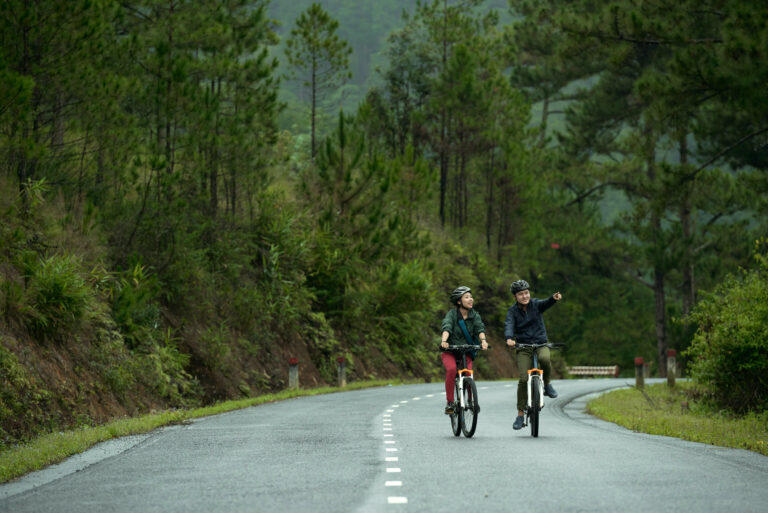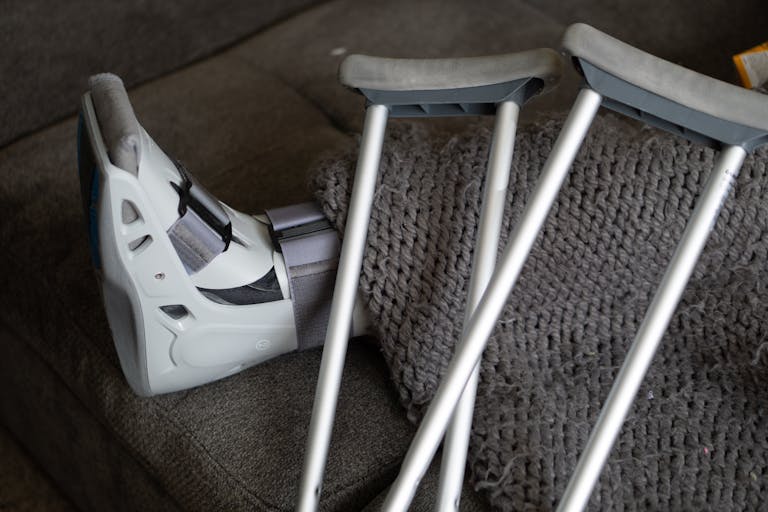What to Do If You Trip and Fall on a City Sidewalk
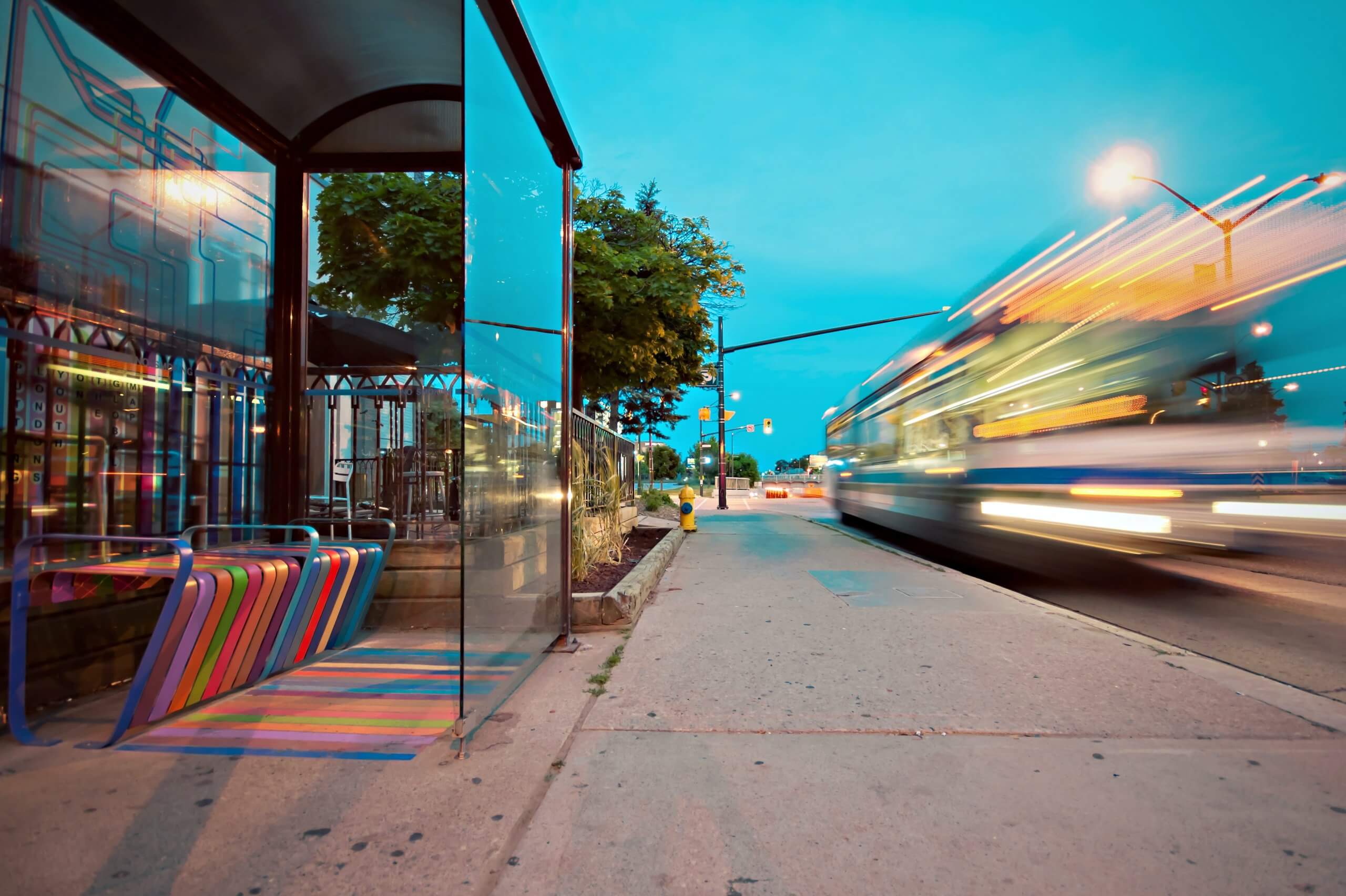
Walking on the sidewalk when all of a sudden you trip, slip, and fall? Damaged property? Felt pain after the fall? You can do something about it.
If the slip and fall accident happened on a city or municipality sidewalk, the victim could file a lawsuit against the city government. To do so, the victim should be able to prove or show evidence that the government acted intentionally or showed “conscious disregard” for the safety of others. This is referred to as willful and wanton conduct.
There are some cities and municipalities with sidewalks that are in a state of despair. Small cracks or level changes that cannot be seen immediately under snowy conditions can pose a serious hazard to children, adults, and the elderly. When night comes, it becomes more dangerous as individuals can be victims of falling on unmaintained sidewalks.
If you ever trip and fall on a sidewalk, here are some important things you need to do to protect your claims.
Find Out Who Owns the Sidewalk
Before pursuing a claim, find out the owner of the sidewalk where the victim fell. You may need a lawyer’s assistance to locate the owner. A privately-owned sidewalk will have a different case than a government-owned one. The standard of proof is higher if the case is against the government, compared to pirate entities.
Know the Statute of Limitations
If a person got into a trip and fall accident on a sidewalk and decided to file a lawsuit, the person has 2 years (3 years in some states) to file the case from the date of injury. If the government is at fault, the statute of limitations is applicable for one year. It is important to know that one-year statute of limitations and quickly act on it to protect the victim’s rights. Once the statute of limitations expires, the victim is barred from bringing any lawsuit to recover from their injuries.
Call 911 or Get Medical Attention
Accidents like trips and slips and falls can be catastrophic. The victim can have concussions, broken ankles or legs, broken wrists and arms because of this accident. If this happens, immediate medical attention should be provided to maintain the health and recovery of the victim. Calling 911 will also ensure that a report will be made and document the accident and the circumstances surrounding it. If there is more documentation, it will be easier for the victim to prove their case.
Take Photographs and Measurements
Part of the documentation process is taking photographs and measurements of the accident. This will avoid the De Minimis rule argument from the government. If the victim can measure defects of the sidewalk where the accident happened, it can be used to determine whether there is negligence on the part of the government or none. The lawyer and engineers, and architects can help determine if there are changes in the original measurements and when the accident happened. Measurements should be taken before defects can be repaired after a person is injured.
File a Report with Your City or Municipality
Notify the government of the dangerous condition that caused the victim to fall. It will force the government to bring out an entity to inspect the area where the victim fell and perform repairs so as not to cause any more harm to other people. Also, the documentation created from the report can be used to prove the victim’s case.
Consult with a Lawyer
Lawyers who have experience handling cases involving falls on sidewalks, including cases involving the government or other private entities, can help the victim file the necessary lawsuit and do additional investigation to prove the case.
Laws Involved in Trip, Slip, and Fall Cases
If you have been in a slip and fall accident on someone’s property, it is a good idea to look into options for you to get compensated for your losses. It’s true if it is proven that the property owner has shown negligence that has caused the accident.
As the accident victim, you can decide whether to file for an insurance claim or take the matter to court through a personal injury lawsuit. Keep in mind that some laws and legal rules will affect the case. Two important laws that may arise are the statute of limitations deadline for filing a slip and fall lawsuit and harsh “shared fault” rules that can wipe out the person’s right to recover compensation if proven that they bear some amount of responsibility for the accident.
The Slip and Fall Statute of Limitations
As discussed earlier, the statute of limitations is a law that puts a time limit on the right of the victim to have a lawsuit against the state’s civil court system. If a person attempts to file a slip and fall lawsuit after the deadline has passed, the property owner can use that to get the court’s attention, and as the victim, your case will undoubtedly be dismissed.
The accident victim has 2 or 3 years (depending on the state) to file for the lawsuit. The “clock” starts running on the date of the injury. In a rare situation where the death occurred, a family representative can file a wrongful death lawsuit, and the “clock” starts on the date of the person’s death.
The same principle applies if the accident incurred property damage, such as valuables like an expensive watch. The victim can ask the court for the property owner to pay for the damage or repair or replacement of the property.
The success or failure of the case depends on the ability of the victim to prove that the property owner, whether the government or a private entity, failed to take reasonable steps in keeping the property safe and preventing an accident.
Contributory Negligence
If you have been a victim of a slip and fall accident from someone’s property, and you are trying to make an injury claim against the property owner, you need to hear the other side’s argument against you. They will insist that you bear some amount of responsibility for what happened. If you want to win the case, you and your lawyer need to shoot down this kind of argument with solid evidence of your own. If the property owner can pin any amount of the legal blame for the accident on you, you will most likely go home without any compensation at all.
Some states follow a different rule known as comparative negligence. It means that the person bringing the lawsuit also bears some amount of legal fault for the accident. Under this rule, any damages award that the person (plaintiff) receives will be reduced according to the percentage of their responsibility.
In the contributory negligence rule, if the plaintiff is found to have a responsibility or amount to blame for the underlying accident, the plaintiff cannot recover any damages (compensations) from any other at-fault party. This instance can lead to harsh results for personal injury plaintiffs.
In attempting to pin some amount of legal liability on you, the property owner could claim that:
- You were trespassing on the part of the property.
- You were wearing inappropriate or unsafe footwear at the time of the accident.
- You were not paying attention to where you were walking.
- You weren’t paying attention to where you were walking (you were using your phone, for example).
- The dangerous condition should have been evident to you.
- The dangerous condition was cordoned off by cones and signage (reasonable steps were taken to protect visitors, in other words).
If all of these can be proven against the plaintiff, the person will walk away with nothing. So to win the case, you need to make a strong case and show the property owner’s negligence as the sole cause of the accident.
A slip and fall may seem like a minor accident, but it can also be fatal, primarily if the victim has incurred personal injury, they can file a lawsuit. But to be able to win the case, they need to have solid evidence against the property owner and study the rules that may apply in filing cases connected to a slip and fall accident.
Don’t hesitate to contact Nick Parr Law to help you in cases like this.


